Tea for Creatives: Paul Baldassini, Realist Painter Evokes Nature’s Light & Shadow
Contemporary realist painter, Paul Baldassini captures the light, color and depth of a peony as if looking through the eyes of a honeybee weaving its way about the delicate petals in search of sweet nectar. Paul’s paintings evoke the intricate nuances of objects in the natural world with incredible detail and vibrancy, bringing forth the emotional spirit—light and shadow—of a subject.
“The natural world is, for me, possessed of certain logic and order and subtlety much too complex and dynamic than anything I can ever hope to contrive,” Paul says of his creative work. “I attempt to capture specific moments of a scene as objectively as possible with a certain believability and authenticity.”
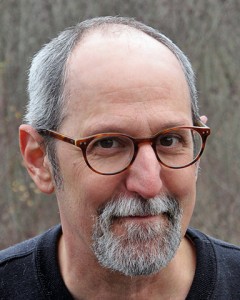 A professional fine artist, graphic artist, designer, photographer and teacher, Paul has been working with graphic images for over 30 years. His dedicated study of 16th century and other master painters, combined with his vast knowledge of modern painting techniques and digital tools results in contemporary realist paintings that appeal to art collectors who appreciate both how a painting is created and the nature of the subject portrayed – be it a flower, a secluded farmhouse in the woods, a bowl of exotic fruits, or two farmers laboring in the heat of an Indian Summer.
A professional fine artist, graphic artist, designer, photographer and teacher, Paul has been working with graphic images for over 30 years. His dedicated study of 16th century and other master painters, combined with his vast knowledge of modern painting techniques and digital tools results in contemporary realist paintings that appeal to art collectors who appreciate both how a painting is created and the nature of the subject portrayed – be it a flower, a secluded farmhouse in the woods, a bowl of exotic fruits, or two farmers laboring in the heat of an Indian Summer.
Paul’s creative process integrates a combination of materials, technical competence in pigments and brushwork, and attention to the dynamic aspects of light, color, design and composition. It is exactly this synthesis of techniques and styles that has earned Paul showings in both commercial and non-profit settings, including both solo and group shows at venues in Boston, Maine, Massachusetts, New York and Connecticut.
A native of Quincy, MA, Paul owned and managed Paul Baldassini Graphic Design in Boston’s Back Bay. For over 20 years, his creative team provided graphic design and advertising services to corporate, private and non- profit organizations. Today, Paul manages full-time painting at his in-home studio alongside a thriving photo-restoration business, teaching art classes and family life. Paul, his wife and daughter reside in Middletown, CT.
In this week’s Tea for Creatives interview, Paul shares his insights on the creative life for the 21st century artist, ripe with all its joys and challenges.
You are a self-taught, highly talented fine artist. What brought you into the pursuit of the creative life?
Self-taught yes. Highly talented, not so sure about. I’ve been hearing people say “your so talented” my whole life, as have most other fine artists, no doubt. I think the word talent is a misnomer, and a better, more descriptive word is interest. One does not need to be “talented” to be a fine artist, everything can be learned, just like multiplication tables. What one really needs to be is interested. An artist improves and achieves success — not just commercially but in the countless little hurdles that one overcomes by painting on a daily, weekly or monthly basis —because they are interested in improving. He or she does whatever it takes, goes through whatever toil is required to learn, while the less interested person just skips over things and looks for shortcuts, magic bullets and an easy ticket.
It’s often the same with life for some people. An interested artist with little or no “talent” will advance more rapidly, provided greater effort has been spent, than a “talented” artist looking for shortcuts, without the hard work and effort. Talent also gets confused with aptitude. I think everybody has talent, but some have more aptitude for certain skillsets than others — painting may be one of them — and some will learn faster than those with less aptitude. With hard work both can achieve a measure of success, however defined.
There isn’t any one thing that brought me into the pursuit of the creative life. I discovered that I really liked to draw and sketch at a very young age and always knew that I wanted to become an artist. People noticed that I was “very talented.” I discovered the “artist’s eye” in my mid- to late-teens and stayed on that track, in one form another, with varying degrees of success, right up to the present moment. It’s an ongoing and evolving process; I tell people, “I’m still learning how to paint!” I am passionate about painting, design, technique and materials, and often get depressed when I’m unable to paint. I read somewhere that, “a painter that cannot paint is a maniac inside.”
What does creativity mean to you?
Creativity is a complex concept; it’s not a single thing. Beyond the obvious “creativity is about self-expression” in whatever form that might manifest itself, creativity contains both an emotional and intellectual component. Perhaps creativity and madness are somehow linked, the “dark side” (anger, for example) being an essential component. Creativity also requires critical thinking, passion and seeing beyond the ordinary. Creativity is not just about art and artists. My daughter, 10 years old, and my wife are very creative and express their creativity in “non-artistic” ways, as do many other people without even being aware of it. I read about a neuroscientist who defines creativity as “the ability to restructure one’s understanding of a situation in a nonobvious way.” Sounds good to me.
What unexpected directions has creativity/ being creative taken your life/career?
There are many. The single most important life-changing event was that I got off the fine art track in 1973 after dropping out of college and shortly after a fire destroyed my first studio. I was devastated both emotionally and financially, and soon after taught myself serigraphy (silk screen printing) and started a small business. Success in that venture and my interest in typography and the graphic arts led to an apprenticeship with an established graphic designer who I became partners with; eventually, I acquired that business. I kept at it as a graphic artist and designer for 28 years, painting wherever I could find the time. A keen interest in photography and my rapidly developing digital image editing skills eventually led to my starting a photo restoration business, which I continue to work at and enjoy some 20 years on. An intern that worked at my Boston studio, introduced me to her friend who later became my wife and the rest as they say is history.
What is the biggest creative obstacle you’ve faced? How did you work through it?
By far the biggest obstacle I’ve faced is grappling with the measure of success, financially speaking, as a fine artist, specifically as a painter. So much work is to be done after a painting is finished…preparing media kits and finding venues to promote and sell my work. I suppose this is not so much a creative obstacle as a marketing obstacle, but lack of progress in this key area affects me emotionally, which affects my creativity. I find it incredibly challenging to navigate the channels that lead to getting representation or which position my works so they are “discoverable” by prospective buyers/collectors. There is a huge investment of time required, be it via the Web, word-of-mouth, securing referrals to the “right” people or organizations, or other means of promotion and advertising. Success in navigating the art market is crucial for any artist, and no doubt as challenging, even frustrating, for many other artists as for myself.
Quoting from your website: “The beginning and the end of a work are completed before brush and paint ever touch panel — the painting is done before its even started.” What does this mean and how does it relate to your creative process — the journey from beginning to end of a creative work?
I’ve trained myself, over a great many years, to see the world through what is known as the “artist’s eye” or “seeing,” which is very different than just looking. For the most part, our worldview of objects and events are described by memory, archetypes, popular culture and advertising. We call this reality. And we need that view of the world to survive and navigate our way in the world. But there is another way to see the world and the things in it that, at least for me, consists not of things but of shapes and patterns bathed in light, which give us color, value, shadows and edges. In this view of reality almost everything has the potential of becoming a painting, one simply has to find the design and take note of it, either by sketching, photography, memory or all three.
When I “see” something in this way, I see the potential for a great design and know exactly what I am going to paint. It’s just a matter of recording my source material, usually in the form of high-resolution photography, viewing those images and editing them as necessary to create my composition. For me, this is a hugely satisfying part of the creative process, taking hours, but often days, or weeks to sort it all out. It could be called the “high-tech” part of my creative process, where I manipulate pixels using layers, channel, color profiles and a digital toolbox. When I’m done with that, another creative process begins, the important “middle passage”, also hugely satisfying, where I manipulate colored muds using brushes, rags, solvents and oil mediums. This could be called the “low-tech” part of my creative process. Since my style of painting is contemporary realism, the inevitable outcome would be a certain verisimilitude to my source material, infused with the same emotional spirit, greatly magnified, of whatever it was that attracted me to the subject matter in the first place.
What advice do you have for others who feel the urge to draw/paint/create, but are who have little experience or “talent”?
Paint what moves you, make mistakes, never give up. READ, READ, READ books and online resources on painters, technique and materials. Visit art museums and galleries and really study the work on the walls. Go to workshops if you have the time and can afford to do so.
Who or what most inspires you?
Nature in all its glory and manifest beauty.
What character from a book or film best represents your philosophy on life and creativity?
A character from a book or film does not immediately come to mind but I did recently read a collection of tributes and reflections on the life a great artist that I respected and whose career I followed since the late 1960s. Lou Reed passed away in October of last year (2013), after complications from a liver transplant. Mr. Reed was a consummate professional — musician, singer, songwriter, poet and performer — an “average guy who lived in an average place.” Through hard work, he gracefully traversed the decades, profoundly leaving his mark on music and popular culture, influencing the careers of many other successful musicians and spawning countless imitators. Lou Reed never compromised his artistic vision, and his combativeness continued to the very end. I can attest to that fact having seen every show he performed in Boston from the early 70’s through the late 90s, and travelling to Paris in 1993 to see him perform with the reunited original Velvet Underground. Mr. Reed claimed, “My bullshit is worth more than other people’s diamonds.” Great statement.
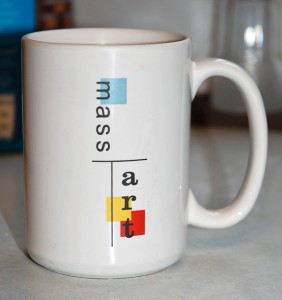 Describe your favorite teacup.
Describe your favorite teacup.
Coffee is usually my elixir when I work, but I do sometimes have a cup of chamomile tea to settle me before sleep. So for that, my favorite teacup is really a mug. I received it as gift upon graduating from Massachusetts College of Art in May 2002, when I was 51 years old.
Any final thoughts or information you’d like to share?
The artist’s life is a difficult road to travel. Get the best education possible, especially while you’re still young and have the time and energy. Then get a good job doing something you really like. If you have the artist’s eye then you will find the time to do what needs to be done and nothing will stand in your way. It will be worth it.
In addition to painting, Paul continues to provide graphic art and design services for select clients in Connecticut. He is available for commissioned works as well as instruction and consultation in digital publishing, image editing, painting drawing & sketching, and photography fine art for serious art students, corporations, academic & private institutions.
Visit Paul’s Fine Art Website to see works available, in-progress, or to commission a painting.
Follow Paul on Facebook – See paintings from the first step in the process to completion on canvas.
Photo Restoration Services for your Treasured Memories
Paul invites you to send questions or comments to him at: paul@baldassinifineart.com
Tags: art teacher, Connecticut, creative process, creativity, inspiration, landscape painter, Middletown, nature painting, oil on canvass, oil painting, painter, painting process, Paul Baldassini, photo-realism, photographer, photography creative process, plen air painting, tea, tea for creatives
Trackback from your site.
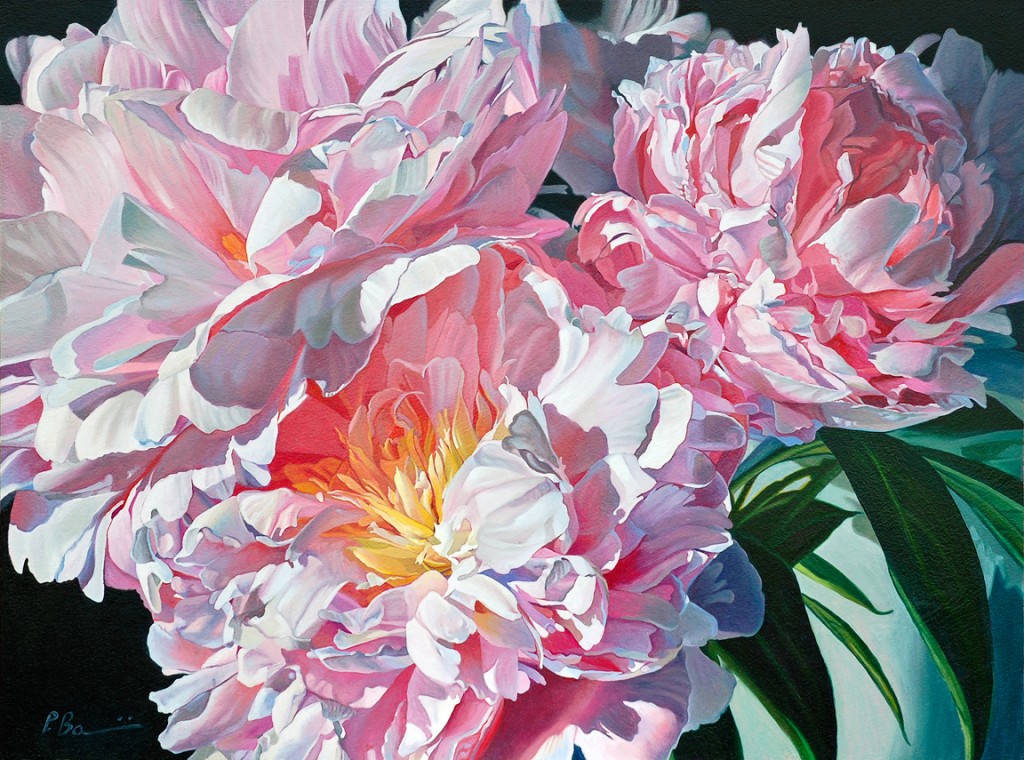
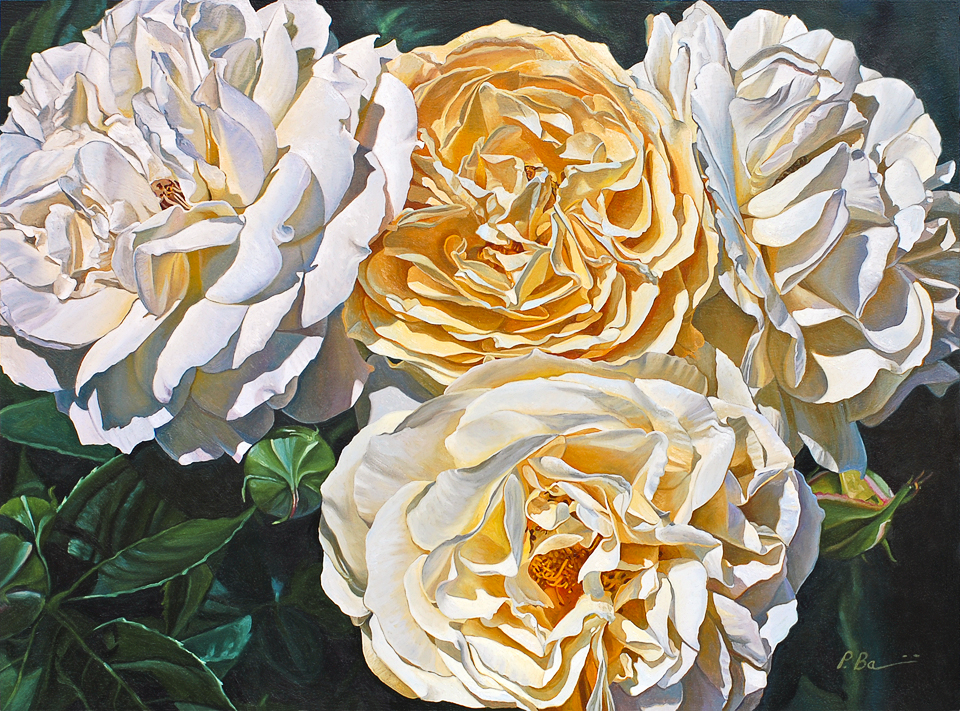
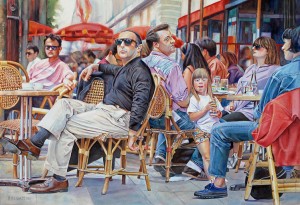

Doron Ben-Ami
| #
Paul Baldassini expresses himself verbally with the same clarity, color and truthfulness which he brings to his artwork. It was a pleasure to read such rigorously thought out comments on such broad subjects as realism in painting, talent, work, and success. Well done!
Reply
karenrider
| #
Thank you Doron for reading and sharing your thoughts! Paul is remarkable and I loved chatting with him about the art. Thus is my second time interviewing him. If you have a chance, visit his website….I feel like I can walk right into his paintings and never come back…
Reply